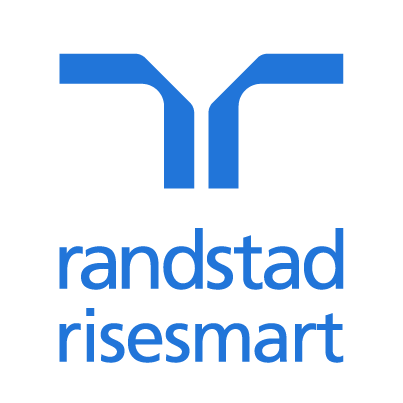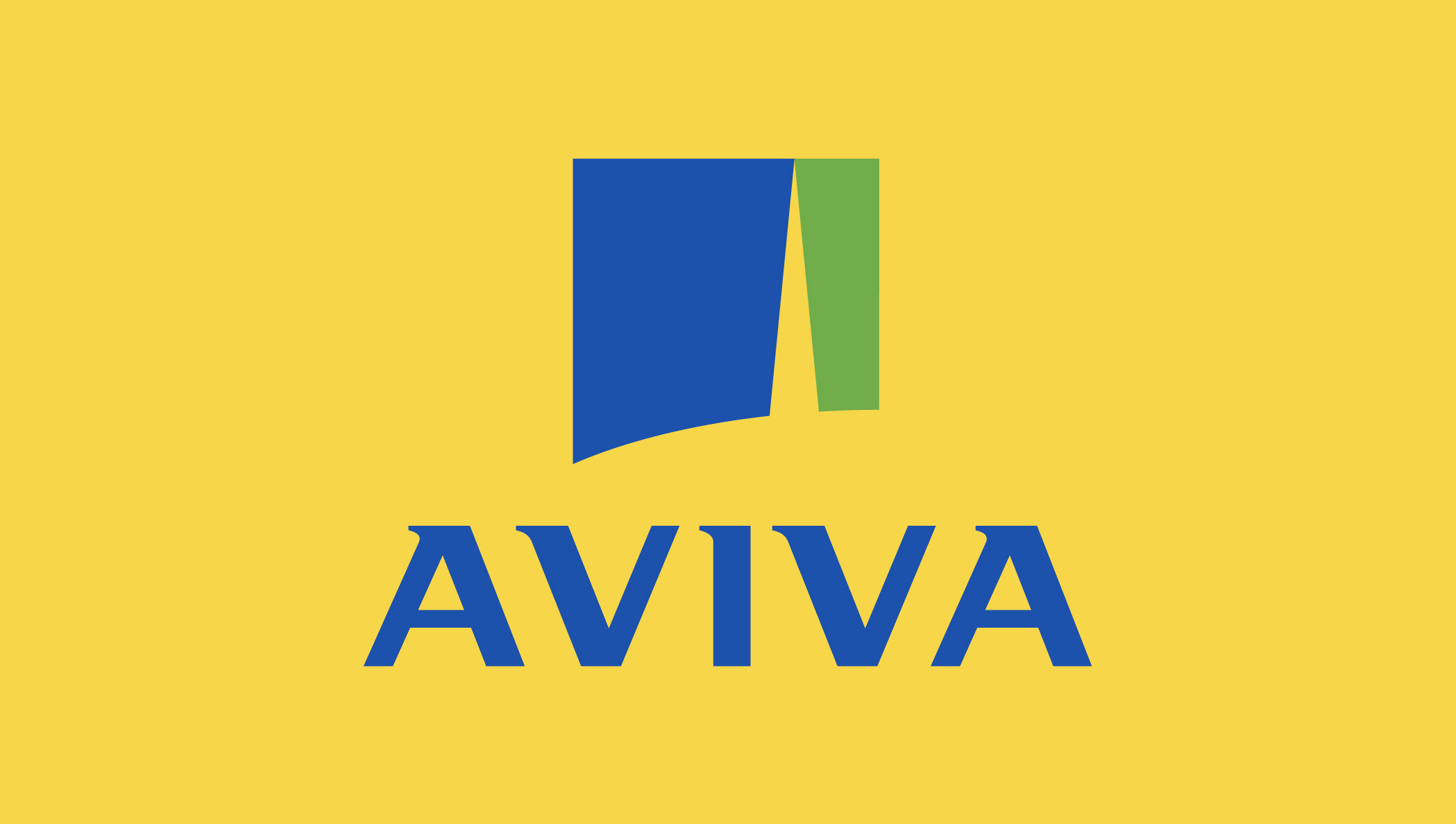When it comes to deciding where your organisation is based, the final decision is just as likely to be with the HR director these days as the finance director or the CEO. And quite right too. As we saw in the first article in this series, workspaces have a huge potential impact on employee wellbeing, and that further affects everything from recruitment to productivity.
Those of us who are in the business of creating workspaces have to think about not only the workers who will use these offices today, but also those who will be in those spaces 20 years from now. We have to differentiate between fashion and fad and the fundamental shifts in workplace practice that have their origins in much deeper cultural, social and economic changes. For example, our working lives are going to be longer, so it’s not just about nappy-wearing toddlers who will be our workforce of tomorrow, but employees in their 60s and even 70s. We have to design for the ‘older generation’ as well as gym bunnies in their 20s.
So where do we start? At Landid we have adopted what we call the Six Cs. As well as guiding our own decision-making, I think HR practitioners will also find them useful pointers in helping to make decisions about the right workspace for your future needs. So what are the Six Cs?
C1. Character
Does this building have a personality? Is it different? Is it authentic, as opposed to being an overdesigned gimmick?
C2. Connectivity
Nobody wants to spend hours each day commuting, but for many it is a necessity. So it is important that offices are well connected to transport hubs , and that facilitiesare in place to foster cycling and running.
C3. Community
As the work/life balance simply becomes life we need spaces that reflect that shift. We spend a third of our waking lives at work, so we need to create spaces that blur the lines between work and home. How well does the building blend into its surrounding area and the facilities on offer there? Does it even add to that community in the spaces it creates and the new facilities it brings?
C4. Centrality
Is it close to everything I need? There’s a trend to move away from the stand alone business parks of the 1980s towards urban locations. It’s no surprise that business parks are now modelling themselves on town centres, because town centres have the amenities – including residential and transport hubs – which the out of town locations lack. Places like London’s Soho remain attractive to many businesses simply because they are areas of innovation and continue to be exciting places to be located. It’s not a bad model to try to replicate when you create a new office space.
C5. Commerciality
Does this location make sense to the bottom line? Can it improve the productivity of your business?
C6. Creativity
Is this a stimulating environment? Creative buildings support, encourage and nurture creative employees – and what business doesn’t want those?
Of course the Six Cs are a loose formula – a work in progress, just as work itself continues to be an evolving concept. But because we believe in them so strongly we have used them to guide us in developing a portfolio of offices in West London and the Thames Valley, which we believe are market-leading in their design. Using the Six Cs we have focused on town centre locations such as Hammersmith and Uxbridge, close to train stations, many in places that will benefit from Crossrail such as Slough and Reading. In these locations we have tried to create characterful offices, designed to meet the demands of modern businesses and keep employees engaged, interested and happy.
Because we strongly believe that the key to delivering workplaces fit for the future is about understanding what makes people happy at work – and that’s what the Six Cs are all about. It’s about a lot more than beanbags in the break-out room, table tennis and playground slides in reception, because when it comes to defining ‘fun’ it’s about things that are far more fundamental than that – and what could be more fundamental than having offices that actually help rather than hinder us finding our full potential?
Chris Hiatt is director of Landid















